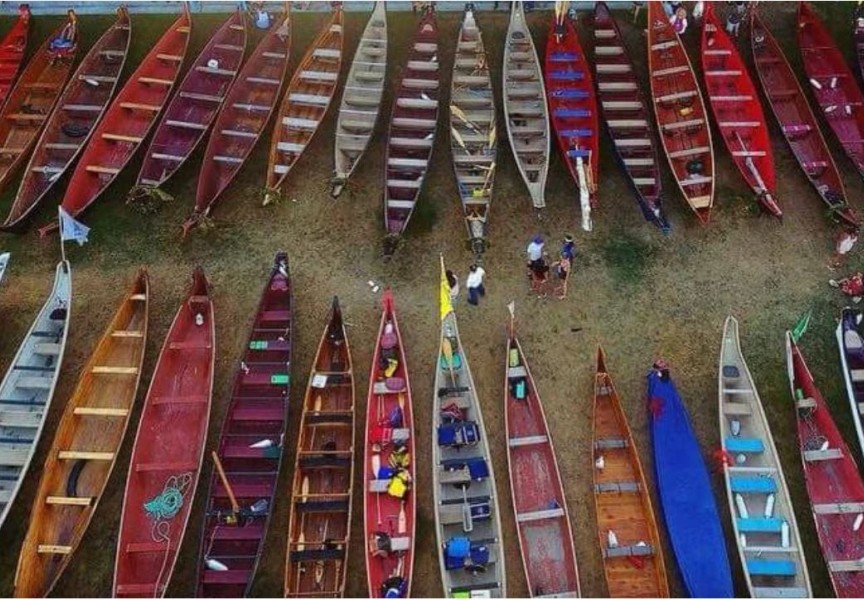Ka:’yu:’k’t’h’/Che:k’tles7et’h’ territories extend from Cape Cook in the west and Porritt Creek in the south, out to Grassy Island.
Inland our territories extend to all the headwaters of our rivers, while off shore they extend 67 miles, as far as the mountains can be seen from a canoe.
These are the lands, sea and river areas we looked after in the past, and continue to look after now and in the future.
Jensen Lake is one of the places where we have a fish-counting fence. We count sockeye and coho smolts in the spring and adult fish in the fall. But this system is in trouble.
We have now lost two runs of sockeye. One in 2008, and this year, we have had no sockeye return.
We also now have an adult counting fence at the Kaouk River in Fair Harbour, which we use for radio tagging and scale sampling chinook. This is part of a study being done on the west coast of B.C. and the USA.
With the loss and very low returns of sockeye in our area, we are now totally dependent on the Fraser River and or Barkley Sound sockeye stocks. Like many of the rivers on Vancouver Island, all our fish stocks are very low. These include chinook, coho, chum, pink, and sockeye.
In our meetings with our Ka:’yu:’k’t’h’/Che:k’tles7et’h’ fisheries group, we decided against using a fish hatchery to enhance our area and totally stay with wild stocks.
Ka:’yu:’k’t’h’/Che:k’tles7et’h’ is one of the only places without a chinook hatchery close to our area on the west coast of Vancouver Island.
Ocean migrating fish going past our shores to other areas seem to be healthy, but where do they go? We hope we are not over fishing other fish stocks, as ours are returning in very low numbers.
We have not fished at our river mouths for the last 25 years where the Elders use to catch all our domestic fish for all species, except deep water fish.
Because of the reintroduction of sea otters in our area, we have also lost most of our sea urchins, clams, abalone, and other seafood. This has caused most of our younger people not to know or even like the taste of some of these seafoods.
I am the Fishery Manager for Ka:’yu:’k’t’h’/Che:k’tles7et’h’ territories, and the team and Manager before me have seen the destruction done by poor logging practices in and around our rivers.
We believe this is the one major cause of the drastic decline of our salmon stocks in the Ka:’yu:’k’t’h’/ Che:k’tles7et’h’ area.
By Tony Hansen







